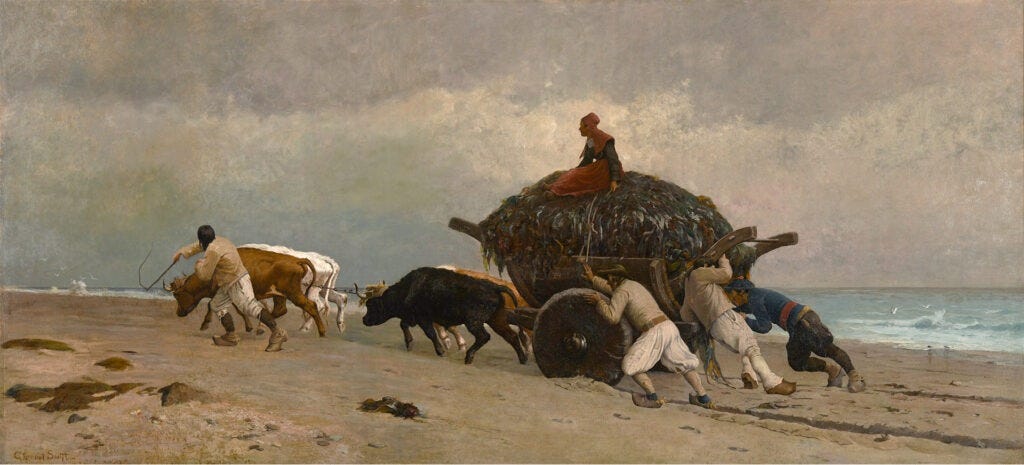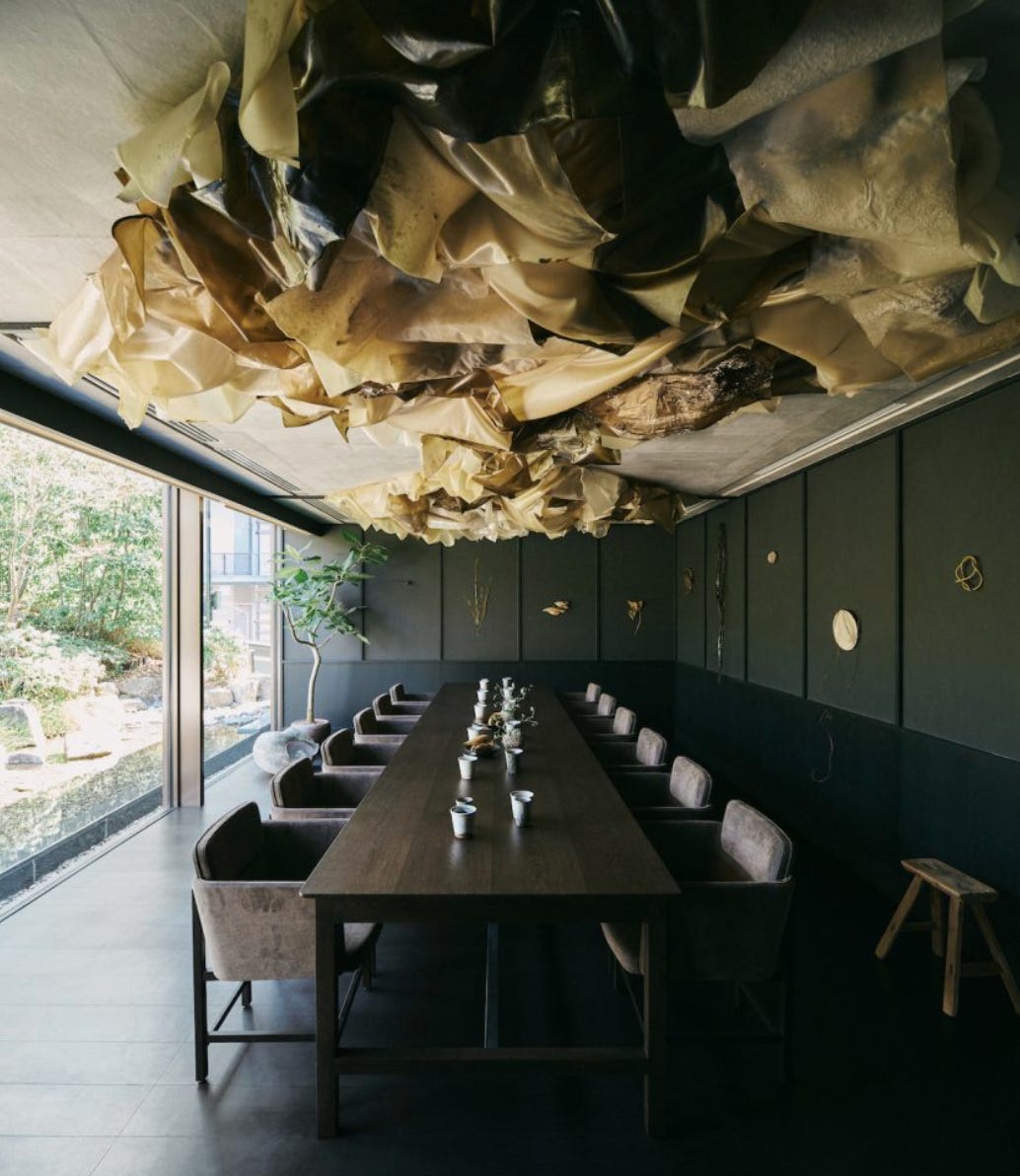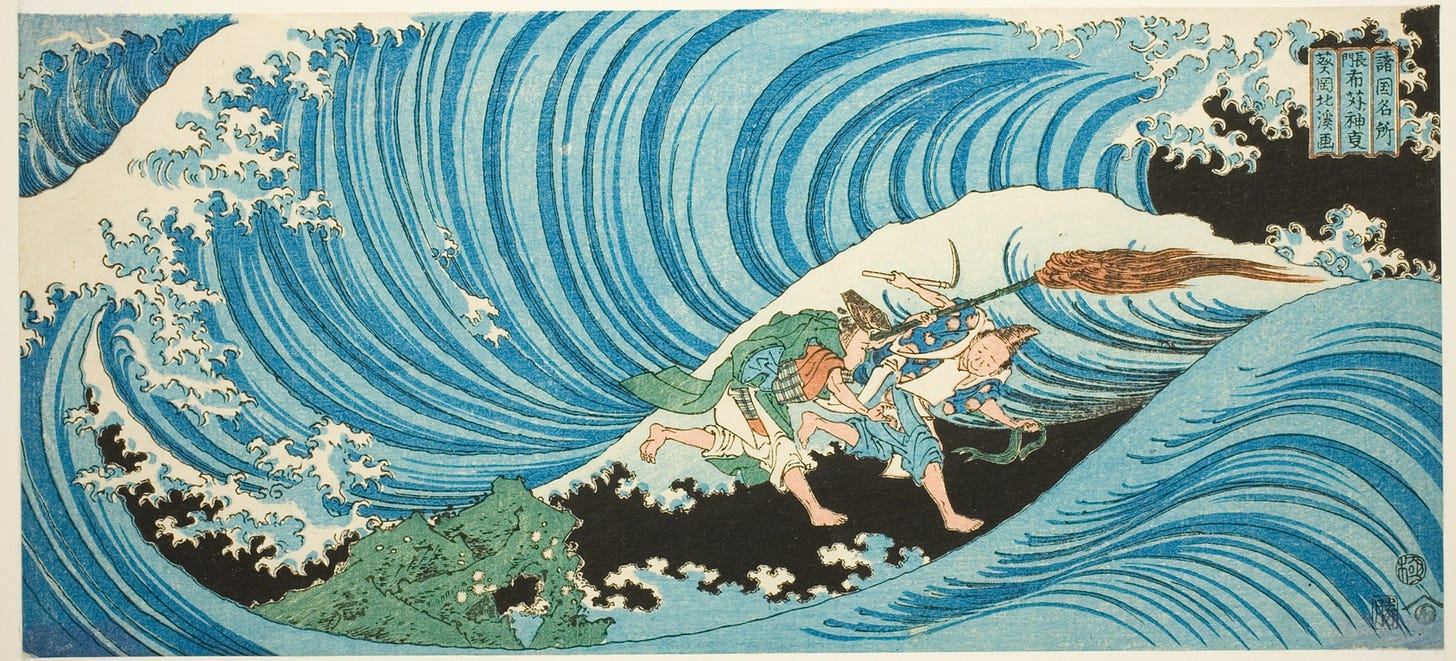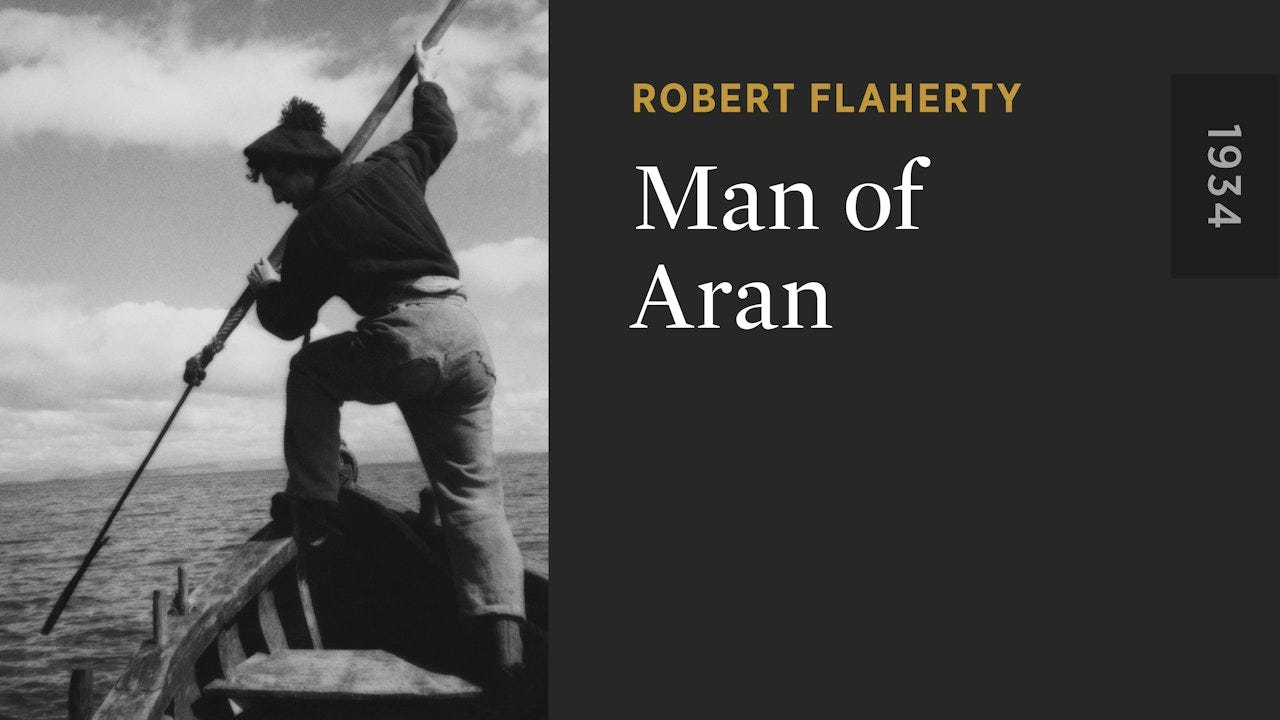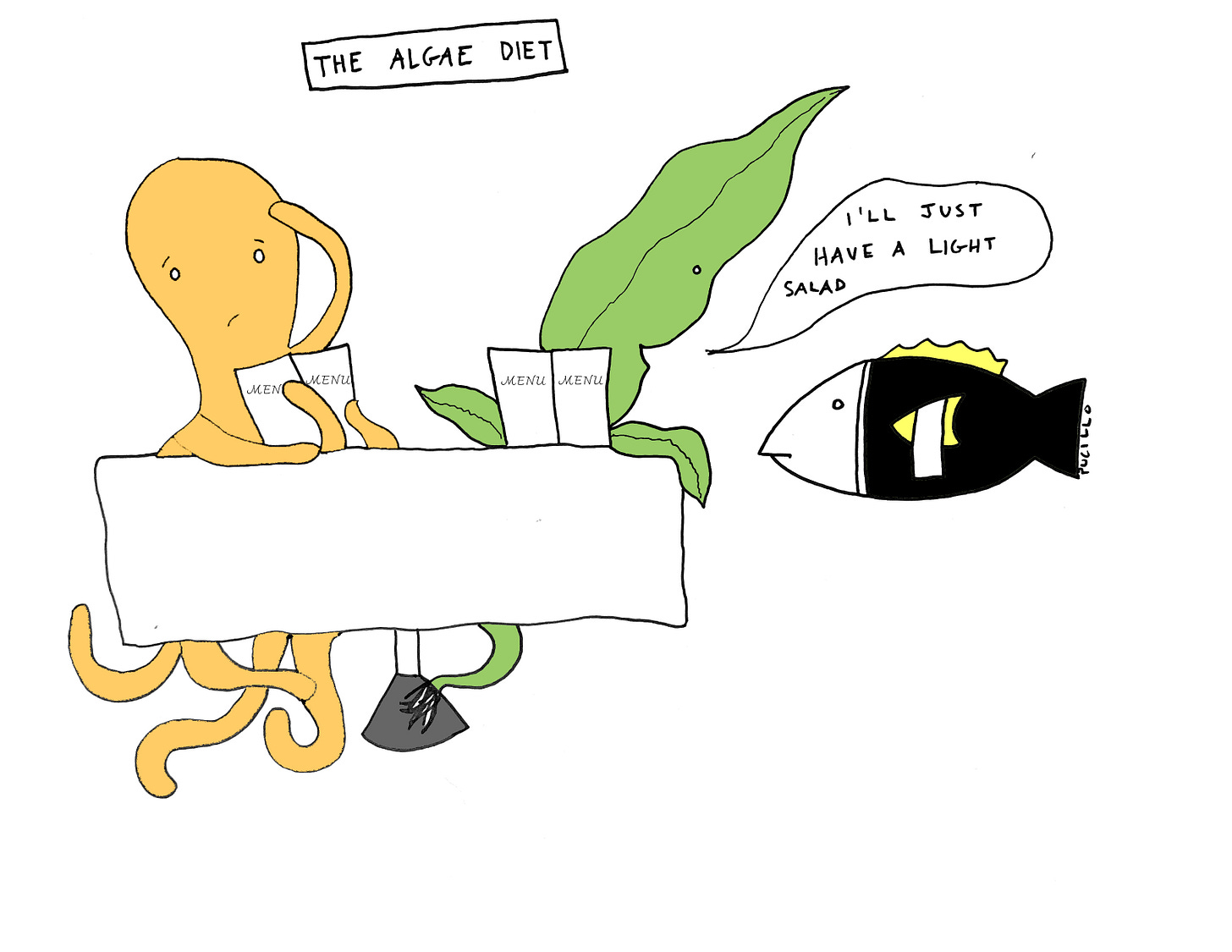Wading In 🏊🏼
In the last/inaugural issue of The Blob, we looked at bio-fuels and their (to-date) unrealized promise.
The future of algal bio-fuels appears to be an active debate, with some on the side that (like fusion or AI) the benefits of research are inevitable and worth the time and money spent on R&D. Others hold that the game is up and that the real benefits from research are mostly due to the technological and engineering advancements that have lifted all boats (so to speak) over the last 50 years.
My strong opinion (lightly held) is that we shouldn’t stop the research.
For Issue # 02 The Blob is taking a quick dep-ART-ure (putting the A in STEAM powered.)
My Kelp Could Have Drawn That
In the conversation about algae, and especially macroalgae (the seaweeds), it’s important to consistently remind ourselves that seaweeds are marvelous and mysterious organisms that are an integral element of the human story. This appreciation, this oblique view, is the work of the artist in many ways.
Here are some inspirational algae for your weekend 🤙🏼
Brookly-born artist Ellsworth Kelly, known for his colorful post-war geometric abstraction, was fascinated with seaweed, producing several seaweed-focused paintings, collages, drawings, and lithographs over the course of his career.
Artwork capturing the culture of seaweed production and coastal communities from the New Bedford Whaling Museum: “A Singularly Marine & Fabulous Produce: the Cultures of Seaweed”
Julia Lohmann, an artist, researcher, and founder of the “Department of Seaweed,” produces biomorphic seaweed sculpture channels that evoke the protean materiality of seaweed.
The sprawling kelp forest/seaweed interiors of OEO Studio interiors for Noma Kyoto
Pupil of Hokusai (The Great Wave of Kanagawa), Totoya Hokkei depicts the exhilarating work of collecting the seaweed harvest in Japan in the 1830s.
Robert Flaherty’s documentary film The Man of Aran depicts the seaweed gathering practices of 1930s Ireland. Flahery was famous for his other ethno-fictional documentary Nanook of the North.
Some Readings
Parting thought:
Since the initial migrations of humanity along the “Kelp Highway,” humans and seaweeds especially have been deeply connected. Yet there’s something innately mysterious about seaweeds — they beckon the imagination.
In The Botany of Desire, Michael Pollan (citing Steven Pinker) speculates that flowers and humans co-evolved in favor of beauty. The premise is that humans succeeded in noticing and classifying plants and that flowers co-adapted to be more noticeable and memorable, creating a cycle of pleasure and recognition as a mutually assured survival tactic.
Seaweed has no flowers. It’s rootless, flexible, ephemeral, seemingly indeterminate. It employs none of the evolutionary tricks that land plants have evolved.
In this sense, what does Seaweed want?






